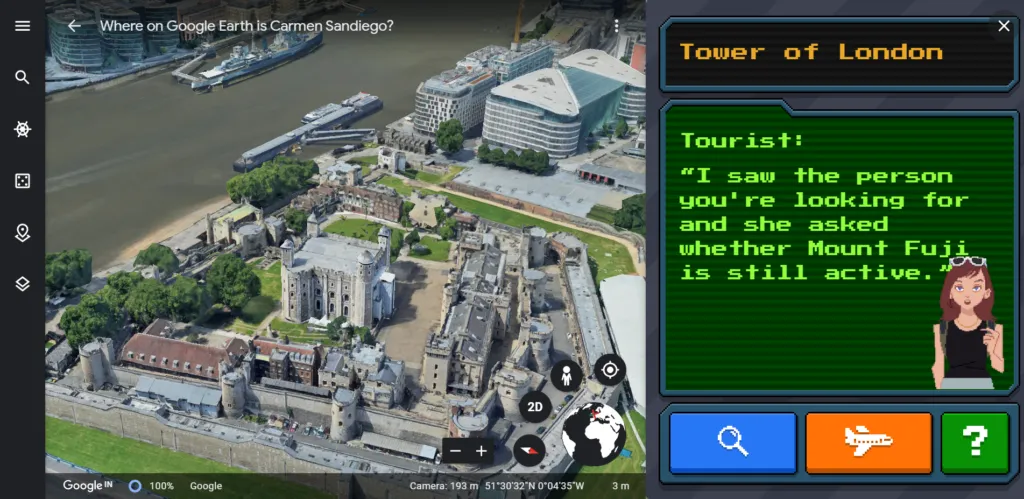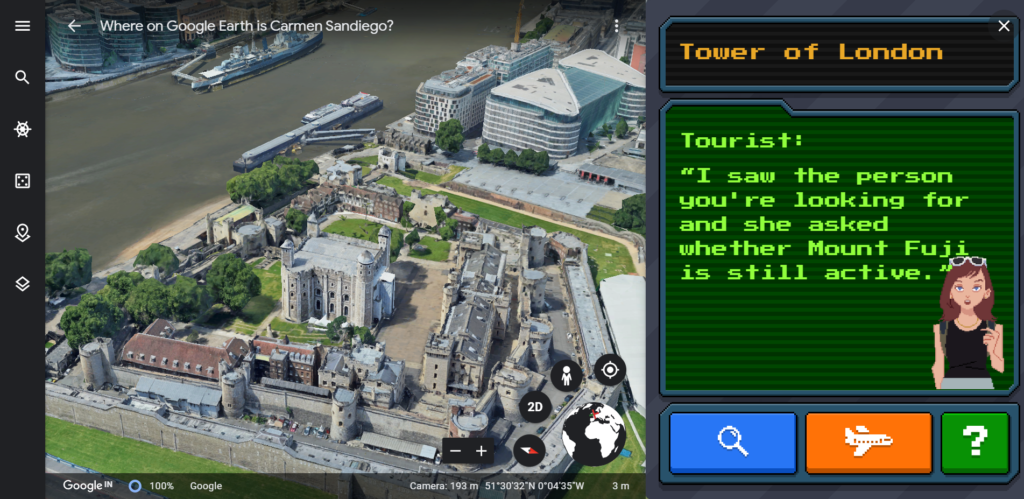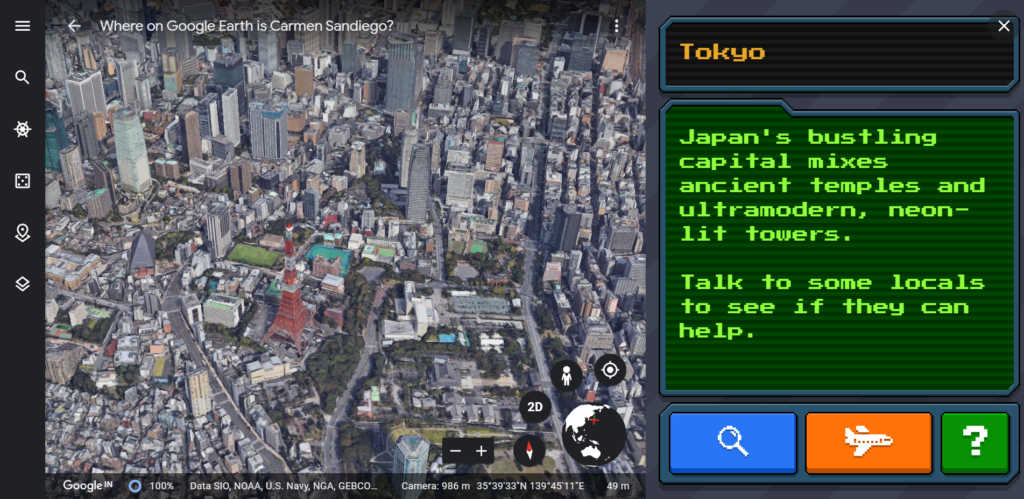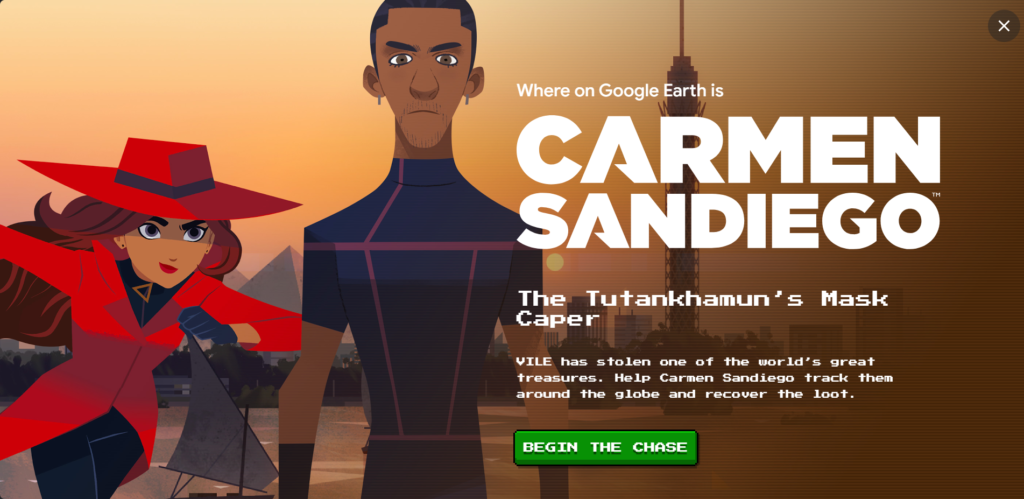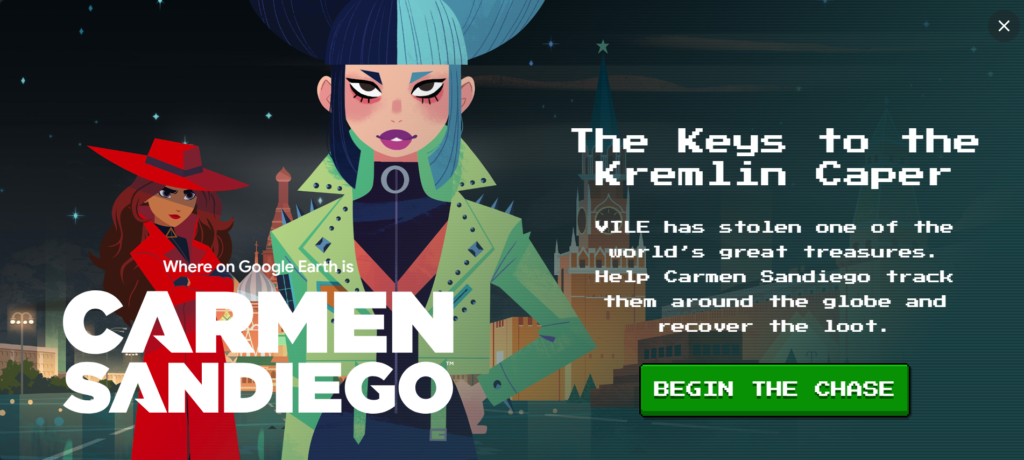
NASA has a video game to map coral reefs around the world
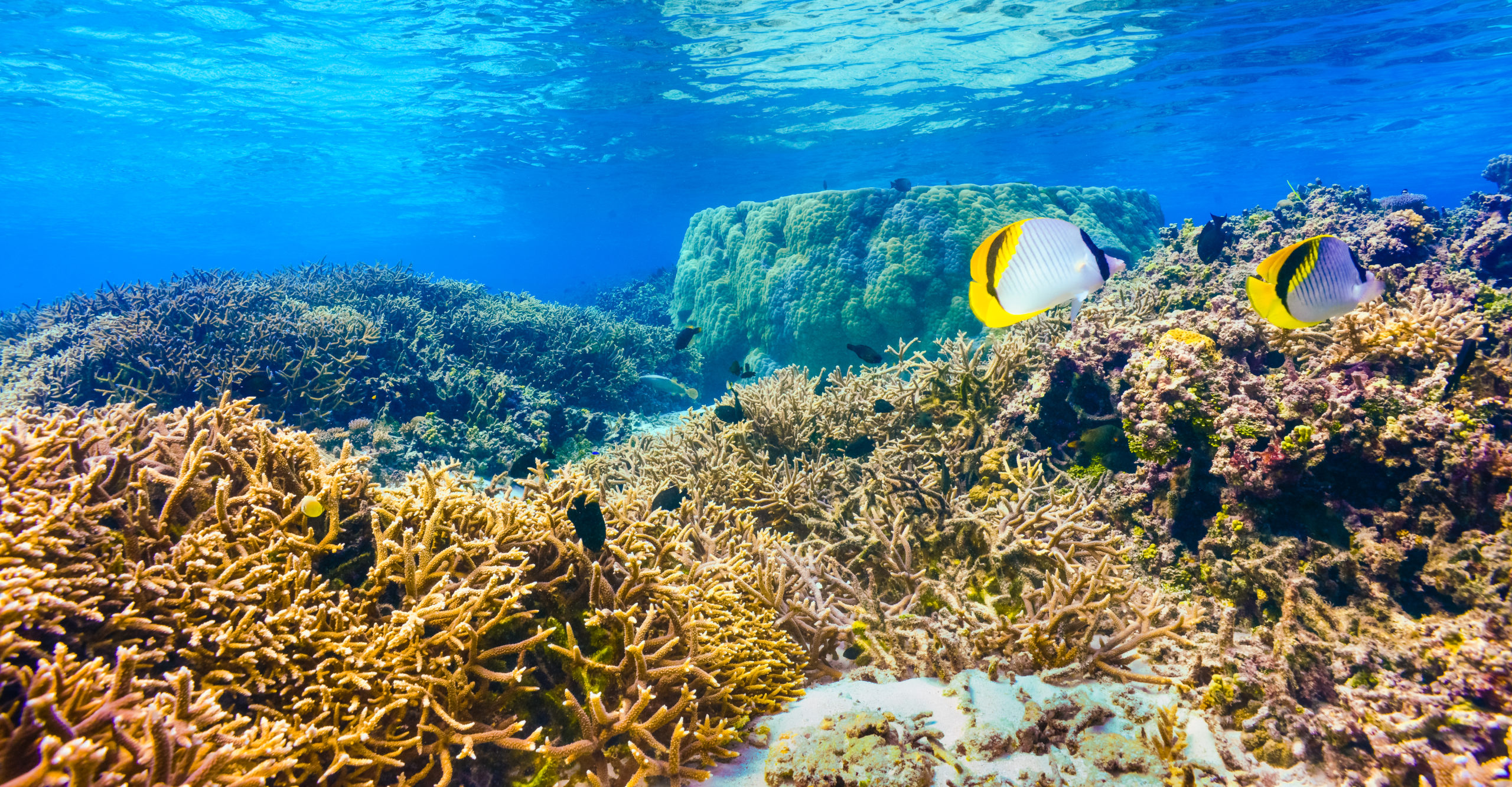
A coral reef in American Samoa, one of the locations where researchers from the Laboratory for Advanced Sensing went on deployment to collect data using fluid-lensing instruments.
Credits: NASA/Ames Research Center/Ved Chirayath
Did you know that coral reefs provide homes for as many species as a tropical rainforest? A poster-child for nature-based tourism, these large underwater structures are among the most complex and diverse ecosystems on the planet.
However, rising ocean temperatures, pollution, overfishing, coastal development, and ocean acidification have triggered a global coral crisis. Scientists want to help, but they need more data to understand how the stress of human activities is affecting these marine systems. They need a comprehensive map of the world’s coral reefs, and only 4% of the ocean floor is currently mapped.
Which is why researchers at NASA’s Ames Research Center in California have spent the last few years developing cameras that can look below the ocean surface in more detail than ever before. Using complex calculations to undo the optical distortions created by the water over coral reefs, these sensors are sturdy enough to be mounted on a drone or aircraft flying above a water body.
NASA has already sent these cameras on expeditions to Puerto Rico, Guam, American Samoa, and elsewhere to collect 3D images of the ocean floor, including corals, algae and seagrass.
Also see: Take a virtual trip to 600 locations, including the Great Barrier Reef, on Google Earth Voyager
Now, NASA has a ton of data, but that data is no good until someone combs through the images to identify and classify everything that’s in them.
This is where you come into the picture.
NASA has created a video game, NeMO-Net, that allows iOS and Mac users to virtually ‘dive’ to the ocean floor in a research vessel called the Nautilus and spot and categorize the corals. (An Android version is in the works, we are told.)
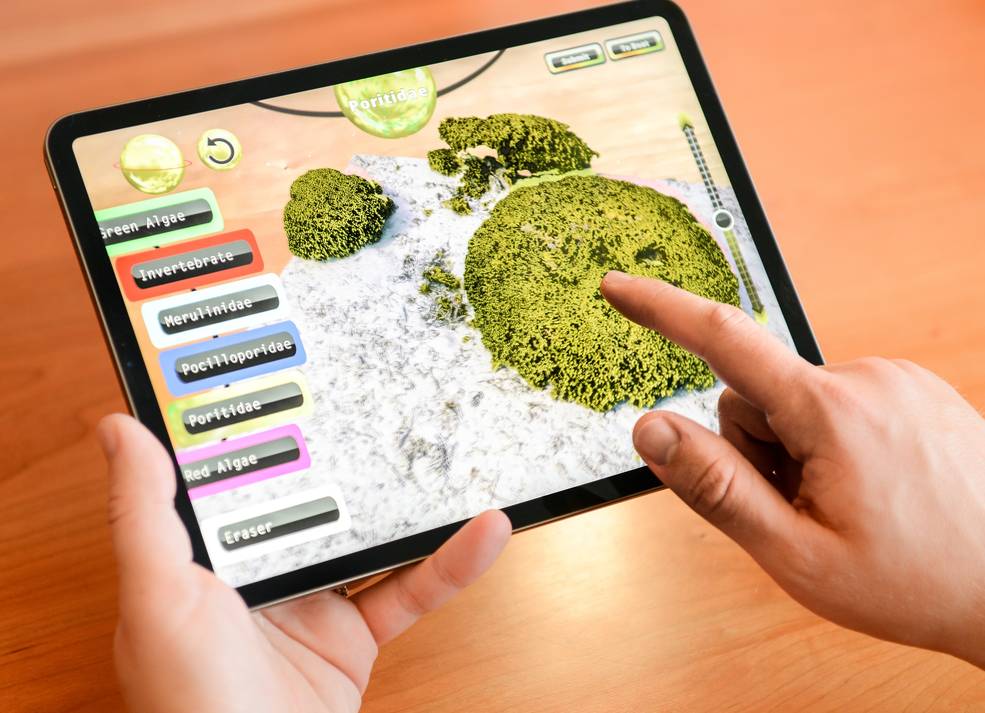
A user playing the new NeMO-Net game that helps NASA classify the world’s coral from their own home
Credits: NASA/Ames Research Center/Ved Chirayath
The game is connected to a machine learning neural network. The more people play, the more NASA’s supercomputer Pleiades learns, ultimately bettering its mapping capabilities and classifying corals on its own. Once it has been able to accurately classify corals from low-resolution data included in the game, the supercomputer will be able to map out the world’s corals at an unprecedented resolution. With that map, scientists will better understand what is happening to corals and find ways to preserve them.
As Ved Chirayath, the Ames Principal Investigator who built neural network, puts it, “NeMO-Net leverages the most powerful force on this planet: not a fancy camera or a supercomputer, but people. Anyone, even a first grader, can play this game and sort through these data to help us map one of the most beautiful forms of life we know of.”
You can find the Mac version here and iOS version here. Game, set, dive?






